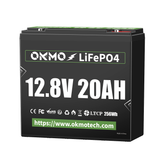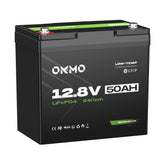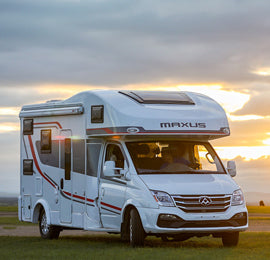Battery World: The Evolution of Lithium Batteries and the Industrial Revolution They Sparked

When the first commercial lithium battery debuted in 1991, no one foresaw how profoundly this "power heart" would reshape our world. From smartphones in our pockets to electric vehicles racing on highways, from home energy storage to space probes, every pulse of energy from lithium batteries propels human civilization forward. Our world has quietly become a true "Battery World."
I. Evolution of Energy: From Lab to Global Transformation
The legend of lithium batteries began in the 1970s at Oxford University. Professor John B. Goodenough (2019 Nobel Laureate in Chemistry) revolutionized battery chemistry by inventing the lithium cobalt oxide cathode. But the true commercial breakthrough came in 1991, when Sony launched the world’s first commercial lithium-ion battery, doubling the energy density of nickel-metal hydride batteries.
Over the next three decades, three critical leaps followed:
-
2000s: Lithium iron phosphate (LiFePO₄) batteries drastically improved safety, unlocking the power-tool market.
-
2010s: Ternary materials (NMC/NCA) boosted energy density, fueling the EV explosion.
-
2020s: Solid-state batteries and silicon anodes pushed energy density beyond 400Wh/kg.
Each innovation made batteries smaller, more powerful, and cheaper. Today, lithium battery costs are 1/50th of 1991 prices, while energy density has nearly quintupled.
 II. Industrial Revolution: Reshaping Trillion-Dollar Industries
II. Industrial Revolution: Reshaping Trillion-Dollar Industries
1. Consumer Electronics Revolution
Lithium batteries liberated devices from power cords. Smartphones slimmed from 20mm to 7mm, laptop endurance stretched from 2 to 20 hours, and wearables like TWS earbuds became possible. Global consumer electronics now demand over 100GWh of lithium batteries yearly.
2. Energy and Transportation Revolution
-
EV Boom: A single Tesla Model 3 pack holds 4,000 lithium cells, enabling 600km ranges. Global EV sales exceeded 14 million in 2023, with power batteries claiming 70% of demand.
-
Rise of Energy Storage: Home systems now cost under $1000/kWh. Solar + lithium storage is redefining power grids.
3. Manufacturing Ecosystem Revolution
Lithium batteries birthed a full supply chain: mining (lithium/cobalt/nickel) → materials (separators/electrolytes) → cells → recycling. China now hosts 70% of global battery capacity, nurturing giants like CATL and BYD—redrawing the global industrial map.
III. Clash of the Titans: Top 5 Global Lithium Battery Brands
| Rank | Brand | Core Tech Advantage | Market Position |
|---|---|---|---|
| 1 | CATL | CTP cell-to-pack, Qilin Battery | 37% global EV battery share |
| 2 | BYD | Blade Battery structural innovation | Self-supply + external sales |
| 3 | LG Energy | Ultra-high-nickel NCMA batteries | Key supplier to Tesla/GM |
| 4 | Panasonic | Silicon-anode Tesla 21700 cells | Cylindrical cell leader |
| 5 | Samsung SDI | Leading solid-state R&D | Premium consumer electronics |
Industry Shift: OKMO, Gotion High-Tech, and Northvolt are accelerating disruption.
 IV. Future Frontiers: Dawn of the Next Energy Revolution
IV. Future Frontiers: Dawn of the Next Energy Revolution
While lithium batteries keep evolving, new breakthroughs loom:
-
Solid-State Batteries: Toyota plans 2027 mass production for 1200km-range EVs.
-
Sodium-Ion Batteries: CATL’s version cuts costs by 30%, bypassing lithium limits.
-
Battery Recycling: Recycled materials may meet 20% of lithium demand by 2030.
 Every recharge pulses humanity toward a sustainable future. From smartphone glows to grid-scale storage, lithium batteries now permeate civilization’s fabric. In this Battery World era, energy’s boundaries keep expanding—and this revolution has only just reached its first bar of charge.
Every recharge pulses humanity toward a sustainable future. From smartphone glows to grid-scale storage, lithium batteries now permeate civilization’s fabric. In this Battery World era, energy’s boundaries keep expanding—and this revolution has only just reached its first bar of charge.








